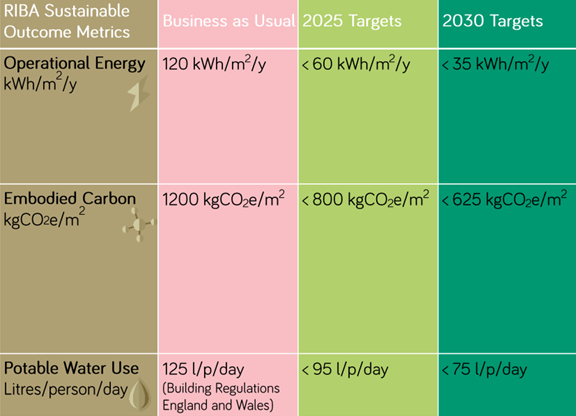Reducing our environmental impact has always been a key consideration in our design work. From delivering the UK’s first BREEAM Excellent sports centre in 2000, to becoming Passivhaus certified in 2007, and most recently generating whole life carbon assessments in 2019.
We are used to talking the talk, but in 2023 we decided it was time to walk the walk. Through our Employee Council we floated the idea of measuring our own carbon impact with a view to reducing carbon emissions as far as possible and becoming carbon neutral.
We reviewed various certification schemes and assessment methodologies including B-Corp, PAS 2060 and EcoVadis. The pros and cons were discussed in the Employee Council before a report was prepared for the Board. We settled on PAS 2060 as our methodology for measuring carbon emissions, creating a carbon reduction plan, and offsetting.
We can now release our Declaration of Carbon Neutrality for 2022-2023.
During this time, we reported on our Scope 1 and Scope 2 emissions, alongside Scope 3 emissions for transport. Scope 1 relates to on-site emissions, e.g. gas boilers. Scope 2 relates to off-site emissions for energy used on-site e.g. electric boiler. Scope 3 covers all other emissions on and off site including relevant upstream and downstream emissions.
Our total carbon footprint for 2022/23 was 6.2tCO2e, split into 44% Scope 2 and 56% Scope 3 emissions.
Over our historic reporting period our Scope 2 emissions have reduced year on year due to:
Installing an efficient HVAC unit with heat recovery to reduce carbon emissions through ventilation as well as improving office air quality.
Changing all office lighting to better performing LED fittings.
UK grid decarbonization.
In the same period our Scope 3 emissions fell sharply due to COVID, but also due to:
Encouraging staff to cycle where appropriate to reduce travel emissions.
Reducing the number of on-site meetings where not necessary.
Encouraging low carbon transport methods where possible.
Whilst 2022/23 saw an increase in Scope 3 emissions from 2020/21 and 2021/22 this is primarily due to an increase in staff numbers alongside business returning somewhat to the pre-COVID norm. Ignoring the impact of COVID, our Scope 3 emissions have reduced by 46% from our 2018/19 base level. This is demonstrated by the graph below.
Whilst we continue to reduce our carbon emissions, there will always be a need to offset the remaining emissions to achieve carbon neutrality. As such from 2022 we started a tree planting program.
Initially our tree planting was based on a will to do the right thing rather than data, but now we report against PAS 2060 we are monitoring how many trees should be planted annually to cover our emissions.
Our offsetting strategy is based on Pending Issuance Units (PIUs) for predicted growth of saplings rather than Woodland Carbon Units (WCUs) which cover sequestered carbon in mature woodland. gcp will monitor the survival rate and growth of the trees over the next reporting period to accurately monitor the carbon absorption.
In February 2024 gcp planted 160 trees to offset our carbon emissions for the 2022/23 reporting period. This equates to approximately 160 tonnes of carbon over the lifetime of the trees. This is far greater than what was required to offset our 6.2 tonnes of carbon emissions for the reporting period, but overachieving with PIUs allows us to achieve a real-world carbon break even point as soon as possible.
This is demonstrated in the graph below:
This demonstrates our predicted carbon emissions over the next 30 years against the real-time carbon offsets through tree planting. We can forecast that from the start of our reporting period we will be carbon neutral by 2044.
Extrapolating this in both directions, which includes a lot of assumptions, we can approximate that gcp will be carbon neutral for all emissions since conception in 1987 by 2061.
Above: gcp tree planting 2024











